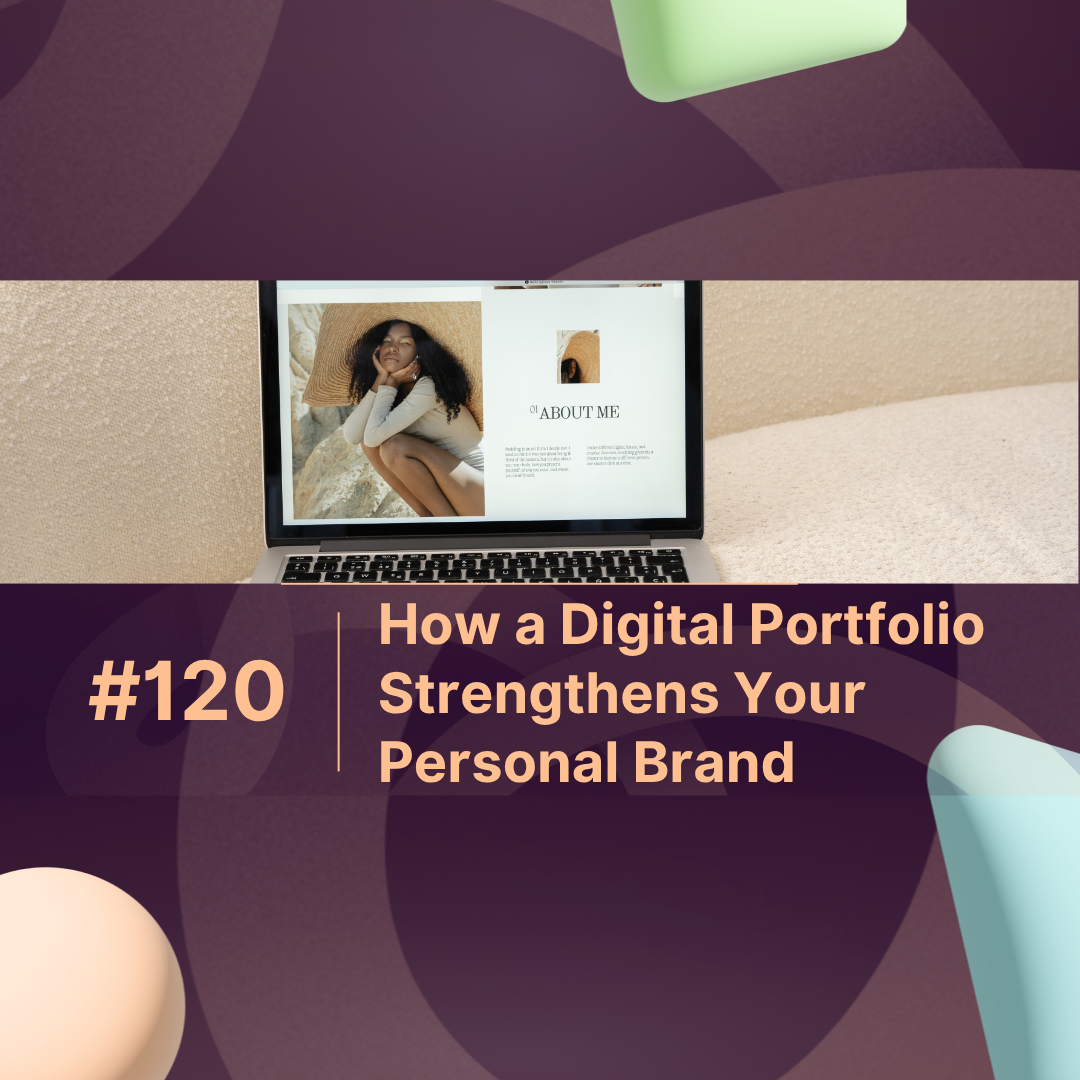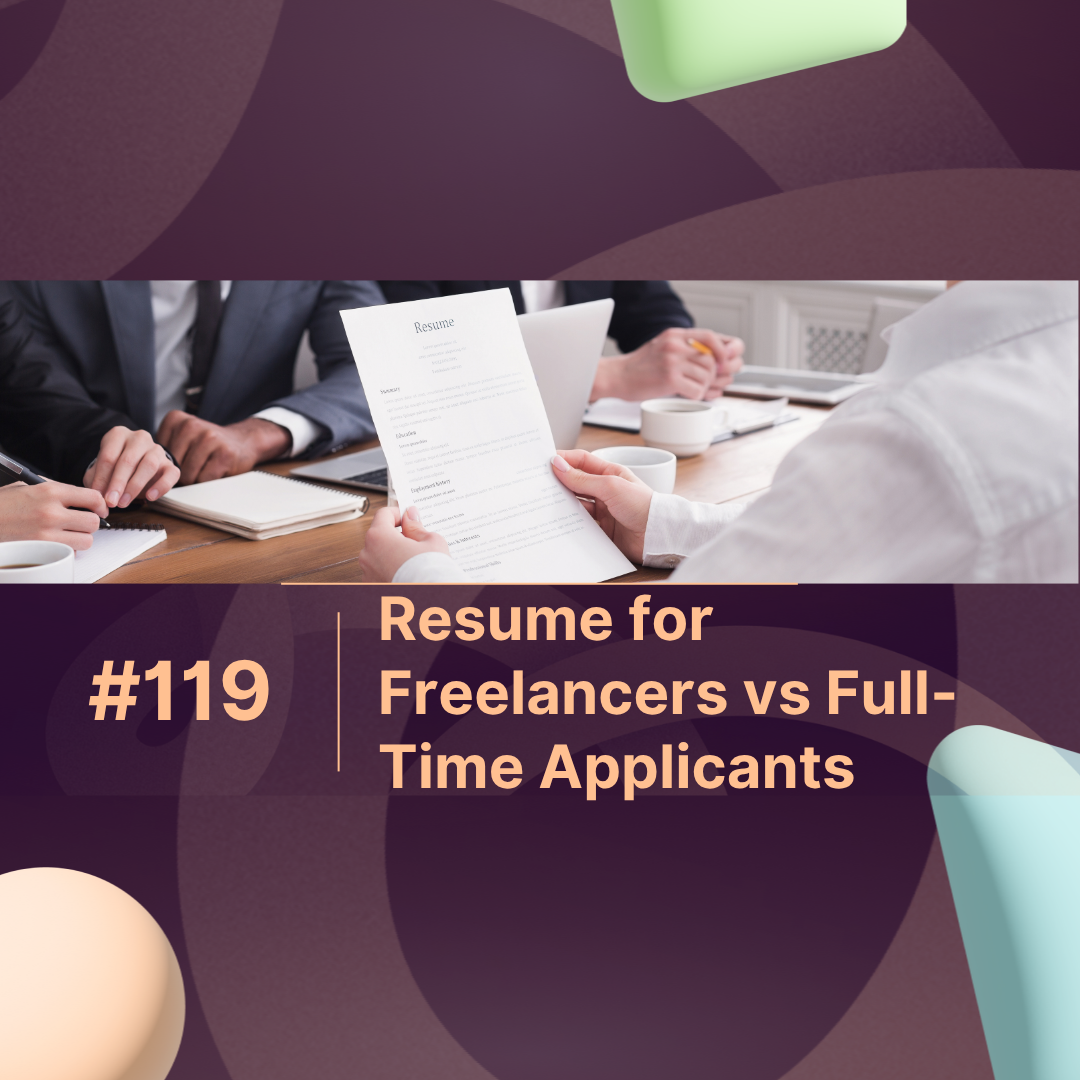Overview
In today’s highly competitive job market, visual resumes are changing how professionals showcase their skills, experiences, and creativity. Whether you’re in a creative field, switching industries, or just trying to stand out in a recruiter’s inbox, knowing when to use a visual resume and what format works best (PDF, website, or LinkedIn media) is crucial.
This blog explores the benefits and limitations of visual resumes, compares formats, and guides you on how to make a smart choice based on your career goals.
What is a Visual Resume?
A visual resume is a graphic-based version of your traditional resume that incorporates design elements such as icons, charts, color schemes, and layout innovation to highlight your professional journey. Unlike standard text resumes, visual resumes aim to capture attention quickly and communicate your value in a more dynamic, engaging way.
It can be in PDF format, an interactive website, or a featured media attachment on LinkedIn.
When Should You Use a Visual Resume?
Using a visual resume isn’t suitable for every industry or role. Here’s when it’s a great option:
-
Creative Industries – Design, marketing, UX/UI, content creation, and media fields love visual innovation.
-
Freelancers & Consultants – It helps quickly illustrate portfolios, achievements, and client projects.
-
Career Shifters – Visual formats can better connect transferable skills with target roles.
-
Personal Branding – If you’re building a personal brand online, a visual resume elevates your digital presence.
However, visual resumes might not be ATS-friendly (Applicant Tracking Systems), so always keep a traditional resume as a backup when applying to corporate or government roles.
Comparing Formats: PDF vs Website vs LinkedIn Media
Below is a comparison of different visual resume formats and how they stack up based on usability, visibility, and impact:
| Format | Best For | Pros | Cons |
|---|---|---|---|
| Email applications, portfolio attachments | Easy to design, control layout, portable | Not interactive, may not open well on all devices | |
| Website | Personal branding, freelancers | Interactive, shareable, great for SEO | Requires hosting, design skills, not ideal for offline use |
| LinkedIn Media | Passive job searching, networking | Integrated with profile, easy to update | Less control over design, limited space |
Pro Tip: Use Canva or Adobe Express to create PDF visual resumes, Wix or Webflow for web-based resumes, and LinkedIn’s Featured section to upload portfolio visuals or project snapshots.
Why Visual Resumes Work (Backed by Data)
-
6 seconds – That’s how long recruiters typically spend reviewing a resume. Visual cues speed up comprehension.
-
41% higher response rate – Job seekers with media-enhanced resumes on LinkedIn get more profile views and responses.
-
67% of hiring managers say design matters when reviewing creative roles (Source: CareerBuilder survey).
Tips for Creating an Effective Visual Resume
-
Stick to a clean layout – Too much design can distract. Keep it readable.
-
Use colors strategically – Stick to 2–3 colors to maintain professionalism.
-
Highlight metrics – Use graphs or icons to present KPIs, achievements, or skills.
-
Make it mobile-friendly – Especially for PDFs and websites.
-
Always attach a traditional resume when applying online via job boards or ATS systems.
Conclusion
Visual resumes can be a powerful addition to your job search toolkit, especially in industries where creativity and digital savvy are valued. However, they must be used strategically. By choosing the right format—PDF, personal website, or LinkedIn media—and aligning it with your career goals, you can stand out in a competitive market without risking compatibility with traditional hiring systems.
Whether you’re showcasing your portfolio or amplifying your personal brand, visual resumes make your story memorable. Pair them with strong content, clean design, and a traditional resume, and you’re set for success.
FAQs
Q1: Are visual resumes suitable for every job?
A: No. They’re ideal for creative, marketing, design, and freelance roles. For traditional or highly regulated industries, stick to a standard resume.
Q2: Can visual resumes be ATS-friendly?
A: Not always. Most visual resumes in PDF or graphic form aren’t optimized for ATS. Use a traditional resume when applying through job portals.
Q3: What tools can I use to design a visual resume?
A: Canva, Adobe Express, and Visme are popular tools. For websites, use Wix, WordPress, or Webflow.
Q4: Should I include a visual resume on LinkedIn?
A: Yes! You can feature it in the “Featured” section or as media under your job experience. It adds credibility and visibility.
Q5: Is a visual resume enough when applying for jobs?
A: No. Always submit a standard resume alongside. Think of a visual resume as an enhancement, not a replacement.



